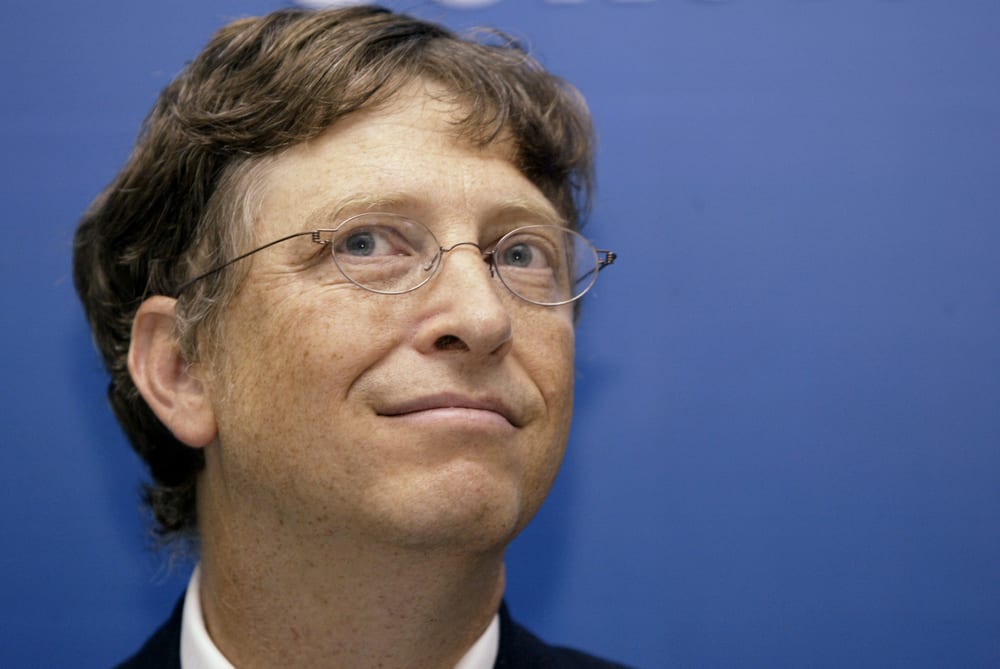“What made
Made rather then Makes!
Why did I deliberately use the word Made as opposed to Makes, in the opening line of this post. After studying this area of human behaviour for some time I have come to the conclusion, what happens in our formative years, defines you. Nothing earth shattering there, but when you see the research laid out in written form by people like Matthew Syed and Malcolm Gladwell you see a pattern appear which gives you an insight as to the power of Autobiographical History.
In the books that Syed and Gladwell have written, Autobiographical History is key to the development of Bill Gates and many other so called “child prodigies’. In the debate about Nature or Nurture, on the research evidence produced by these two writers, Nurture wins every time. So in Bill Gates’ case his early family life, the competitive streak instilled by his parents, plus his schools decision to embrace early computer technology and add in his meeting Paul Allen in that Seattle school, all added up. This autobiographical history created the “Perfect Storm” which made Bill Gates the person and business man he is.
Early Family Life
Gates’ mother Mary Maxwell was from a wealthy and well connected background and was a keen sports woman, his father a lawyer. From an early age the Gates children were encouraged to engage in sports activity. On their summer holidays they would organise their own Olympic Games, according to participants these were very competitive.
Bill’s thirst for knowledge was fed and encouraged by his parents. When Bill hit 11-12 years of age he had already developed a strong personality and would not take much instruction from his parents, he was also socially inept with his peers. While his parents were strong supporters of the public school system, it was decided that Bill should move to the Private Lakeside school to challenge his eager mind. This proved important for two reasons:-
# 1. Lakeside decided to embrace the new technology, computers. They hooked the school, via a Teletype Model 33, to General Electric’s computer. This was all facilitated by the local Mothers Club, of which Bill’s mother Mary was a member. Bill fell in love with the Teletype. So much so he would leave the family house late at night to go to the school to use the Teletype.
# 2. The other major thing that happened at Lakeside was the meeting of Bill and Paul Allen. They both became addicted to the Teletype and later became the Co-Founders of Microsoft.
Long Hours of Dedication
In their books both Syed, Bounce, Gladwell, Outliers, believe that 10,000 hours of practice is needed to become brilliant at any discipline. Syed researched Tiger Woods, Andre Agassi, Mozart, and many more so called child prodigies. They discovered a pattern on which they based their theory of Autobiographical History. In each case they discovered parents influence or coaches influence, (as was Syed’s own case, he competed at the Sydney Olympics for the UK in table tennis), as the main reasons for the child’s successful mastery of any discipline.
Bill got his 10,000 hours in Lakeside and at the Computer Center Corporation, which allowed Gates and his friends to use their facilities in return for the guys helping to find bugs in the CCC system. This allowed Gates and Allen to develop their knowledge of code. But what is missing from this perfect picture? What made these and the other child prodigies that Syed and Gladwell write about so dedicated? Motivation, Intrinsic Motivation.
Intrinsic Motivation
Gates, Woods and Agassi were coached by their person of influence to love every aspect of the discipline they were undertaking. In Woods case his father Earl had Tiger sitting in his high chair watching him chipping and putting in his garage before he could walk or talk. Tiger appeared on local television at two and a half years of age putting with a cut down club. Woods has spoken of how he loves the long hours of grind that it takes to improve his game.
Agassi’s father, though they later fell out, ingrained a love of practice, hitting the tennis ball time after time, hour after hour in Agassi, something he later mentioned in one of his speeches after winning a Grand Slam tournament. Gates parents instilled a love of learning, this intrinsic motivation drove Bill on as it did Agassi and Woods to great things.
Mastery, Autonomy and Purpose
Daniel Pink’s Ted Talk on the subject of Intrinsic Motivation covers, Mastery, Autonomy and Purpose, which are the three pillars of Intrinsic Motivation.
- Mastery; Bill mastered code, this allowed him to go on to develop Windows
- Autonomy; being in charge of yourself, taking control of your own situation
- Purpose; being part of a larger story, in the service for the greater good. In Bill’s case devising software which simplified the use of the computer.
Conclusion
Bill Gates is a hugely successful business man doing great philanthropic work with the fortune he made at Microsoft. It is my opinion, as laid out above, that this success was due to his Autobiographical History. This history instilled an Intrinsic Motivation which drove him on, taking on Steve Jobs and IBM along the way and winning. His purpose was unshakable even when challenged by a giant like IBM. I hope this answers the question for you Sian but will the readers agree?
Did you like this article? Sign up for our RSS, join us on Facebook, on Twitter and on Google+ to get the latest Tweak Your Biz articles and updates.
Images: ”Microsoft’s Bill Gates / Shutterstock.com“


